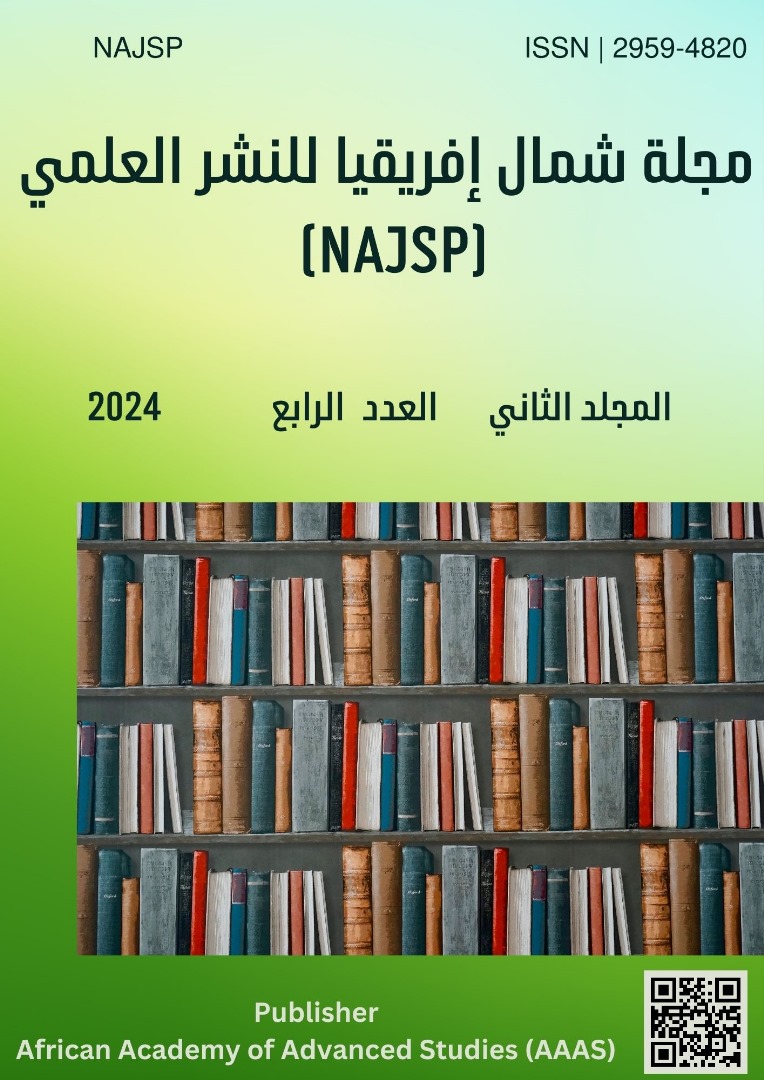Multi-Criteria Analysis of Wastewater Treatment Methods: Efficiency and Cost Evaluation
DOI:
https://doi.org/10.65414/najsp.v2i4.326Keywords:
Wastewater, Treatment Methods, Evaluation Indicators, Multi-Criteria AnalysisAbstract
With the increasing population and the deterioration of water resources, it has become essential to adopt new strategies to achieve sustainability in the water sector. This study aims to analyze wastewater treatment methods using multi-criteria analysis to evaluate performance based on several criteria, including pollutant removal efficiency, ease of operation and maintenance, quality of treated water, economic cost, and societal acceptance. According to the methodology, a combination of approaches was adopted, including a descriptive method to describe the wastewater treatment methods and the factors affecting them, a quantitative method to collect data from previous studies, and an analytical method to analyze these data. Four main treatment methods were selected, including the following: sedimentation, a physical treatment method; coagulation and flocculation, a chemical treatment method; activated sludge and aerated lagoons, biological treatment methods; and combined methods that integrate more than one technology. The results indicated that the multi-criteria analysis of wastewater treatment methods evaluated efficiency, ease of operation, water quality, cost, and societal acceptance. Based on the efficiency criterion, combined methods achieved the highest score (10), followed by the activated sludge method (9), coagulation and flocculation (8), aerated lagoons (7), and sedimentation (6). In terms of cost, sedimentation achieved the highest score (8), followed by aerated lagoons (7) and coagulation (6), while the lowest-rated method in terms of cost was the combined methods, with a score of .(4) The combined methods demonstrated optimal performance with minimal environmental impact, while physical and chemical methods were the most economical. Sedimentation emerged as the simplest option for operation and maintenance.
Downloads
Published
How to Cite
Issue
Section
License
Copyright (c) 2024 Khalid Mohamed Aomemen, Mona Othman Aldbbah

This work is licensed under a Creative Commons Attribution 4.0 International License.







